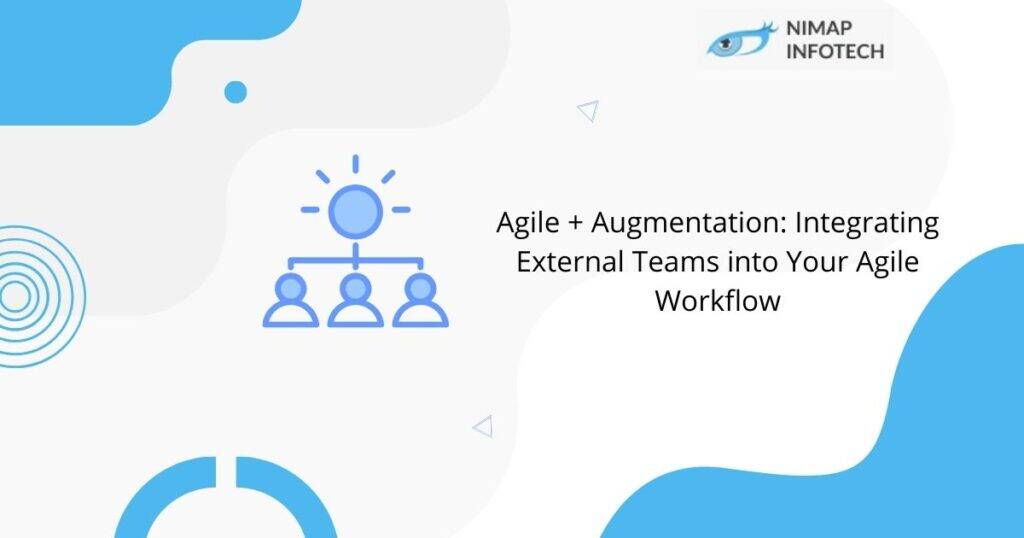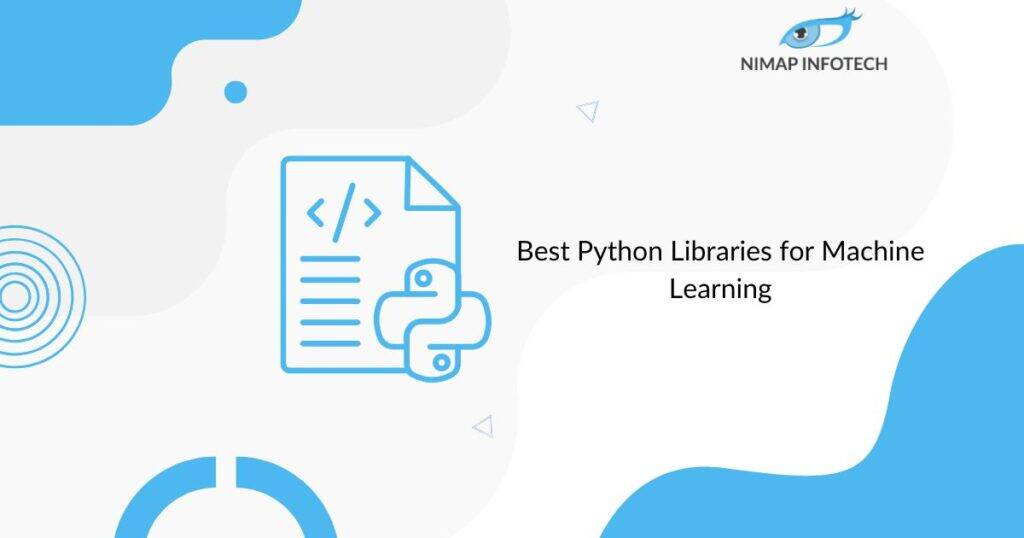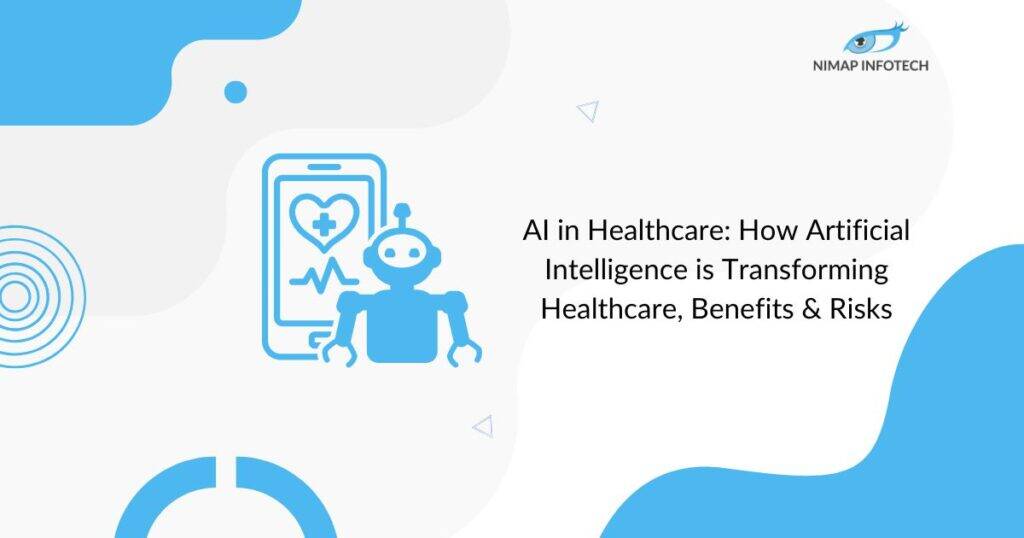You may think that once you have created software, you don’t need to spend money again on it, but that isn’t the case. Your responsibility as a software owner is to update, track, and develop your software from time to time so that it remains competitive and functions with technological advancements. One of the most important things about software is that it requires timely updates and systematic formation and to make that happen software maintenance is crucial for businesses. Software systems require ongoing maintenance and support services to function well, much like a car requires periodic adjustments and a comprehensive yearly examination. These services assist in finding bug fixes and reducing the possibility of future software degradation and product unresponsiveness.
Businesses can indeed concentrate on automated and QA. This article delves into the concept of how and why software maintenance services is important for business and how one can make it a profitable fit for one’s business.
What is Software Maintenance?
The term “software maintenance system” describes the continuing upkeep and assistance given to computer systems or applications following their creation and implementation. It is comparable to the way we keep our homes or cars in good working order. To guarantee that software continues to function well and satisfy user needs, consider software maintenance as the process of resolving bugs, enhancing performance, and incorporating new features. Software maintenance specialists find and fix flaws, update the software to reflect technological advancements, and improve its functioning, much like a mechanic does when inspecting and fixing a car regularly. As it keeps programs working smoothly, avoids unplanned malfunctions, and guarantees that they continue to work with other programs and operating systems, software maintenance is crucial.
Types of Software Maintenance –
Software maintenance comes in a variety of forms, each with a distinct function in maintaining the functionality and updates of software systems. The primary kinds are as follows:
Perfective Maintenance:
Another excellent form of maintenance is perfective maintenance, which involves functional and component changes that can improve system performance and operations. It primarily and directly attempts to address a problem with the receptiveness and usability of software. Modifications to the current program are another aspect of perfective maintenance. These changes could include introducing new features and functionalities, removing existing ones, or correcting them. Enhancing software functionality to provide the best user experience is intimately linked to all perfective maintenance actions. Enhancing the operation and efficiency of current software as well as its usability and user interface are a few of the tasks that go into perfective maintenance.
Adaptive Maintenance:
Adaptive maintenance is a crucial part of system conversion, ensuring software remains compatible with evolving technologies, often focusing on specific software frameworks. Software is therefore designed to adapt to the shifting demands of its environment through adaptive maintenance. It is only accessible for new software to adjust to modifications, such as new operating systems. Additionally, it serves only to maintain hardware and software continuity. Thus, regular updates and modifications are essential to the availability of adaptive software maintenance, particularly when end users require a particular product to be compatible with new hardware or software when the operating system that your software runs on changes, or when there are unforeseen problems that could pose a challenge.
Corrective Maintenance:
Corrective maintenance is another crucial kind of upkeep. The goal of corrective maintenance is to find problems with the current program and make it function properly so that users won’t encounter these kinds of mistakes when using it. Corrective maintenance’s main goal is to remove bugs or address problems with the current software. Corrective maintenance necessitates regular, minor, and consistent upgrades. It is always suitable for software that has issues like flawed logic flow, incorrect implementation, or even unfinished tests.
Preventive Maintenance:
The goal of preventive maintenance is to shield the program or system from potential vulnerabilities in the future. Therefore, the goal of this kind of maintenance is to keep the program up to date in order to prevent problems with potential vulnerabilities. This kind of maintenance aids in avoiding possible software defects. Code maintenance and even dealing with the legal system are made simpler by this kind of upkeep. Among the features offered by this kind of maintenance are code reconstruction and optimization.
Procedure for Software Maintenance –
We offer a thorough understanding of the software maintenance procedure because we are experts in it. Software maintenance is an ongoing process that includes several actions to guarantee the efficient administration, improvement, and support of software systems. An outline of the software maintenance procedure is provided below:
Recognition and Tracking:
Finding and tracking down the need for changes is the first step in the maintenance process. During this stage, requests for modifications, such as bug repairs, performance enhancements, or new features, are gathered. Setting clear objectives for the following stages and organizing maintenance activities are made easier by the software development company’s efficient identification.
Evaluation:
After identification, each suggested modification’s validity and practicality are evaluated during the analysis step. Here, the changes are analyzed to see how they affect the current system. This stage entails assessing the possible advantages and estimating the cost of putting the changes into practice.
Execution:
The proposed changes are implemented during the implementation phase. In this phase, the support system is updated in accordance with the design specifications and new code is written. During this stage, the theoretical modifications made during the design phase are converted into useful, executable software updates.
Testing of the System:
The system changes and new code is put through a rigorous testing process after implementation. This stage verifies that the changes work as planned and blend in perfectly with the current system. It assists with determining any additional modifications or problems that must be fixed to guarantee the software operates accurately and consistently.
Delivery and Acceptance:
The software undergoes acceptance testing after system testing is finished. During this stage, a last check is made to make sure the changes.
Also Read: Turnaround Tactics: the Ultimate Guide to Software Project Rescue
Importance of Software Maintenance for Business –
In today’s ever-changing corporate environment, technology is essential for fostering creativity, productivity, and competitiveness. It is impossible to overestimate the significance of strong software solutions as companies embrace digital transformation. The creation of state-of-the-art software is obviously essential, but it’s also critical to acknowledge the importance of continuous software maintenance. The cornerstone for guaranteeing your company’s continuous operation is software maintenance. Software needs routine maintenance to fix bugs, security flaws, and compatibility problems that may develop over time, just like any other asset. System failures, downtime, and eventually interruptions in business operations might result from ignoring these factors.
The importance of software maintenance for businesses cannot be overstated, as it directly impacts efficiency, productivity, and profitability. Below are detailed pointers outlining its significance for businesses:
1. Ensures Business Continuity
Minimizes Downtime:
- Regular maintenance prevents unexpected crashes, ensuring that the software operates smoothly without interrupting business operations.
Reduces Disruption:
- Timely updates and bug fixes help avoid major breakdowns that could disrupt critical business processes, leading to lost revenue.
2. Enhances Security
Protects Sensitive Data:
- Frequent updates address vulnerabilities that cybercriminals can exploit, safeguarding sensitive business data such as financial records, customer information, and intellectual property.
Compliance With Regulations:
- Regular software maintenance ensures that the system adheres to industry-specific legal and regulatory standards (like GDPR, HIPAA), helping businesses avoid fines and legal issues.
3. Increases Operational Efficiency
Optimizes Performance:
- By regularly updating and optimizing the software, businesses can improve system speed, reduce loading times, and handle larger workloads efficiently.
Eliminates Inefficiencies:
- Maintenance helps remove redundant processes, streamline workflows, and integrate new tools that improve overall business operations.
4. Improves Customer Satisfaction
Enhances User Experience:
- Maintenance ensures that software remains user-friendly and error-free, leading to higher customer satisfaction and retention.
Timely Feature Updates:
- Regular maintenance allows businesses to add new features that improve functionality, keeping customers happy and engaged with up-to-date solutions.
5. Cost Control
Prevents Costly System Failures:
- Unmaintained software can fail at critical moments, leading to expensive emergency repairs or data recovery efforts. Routine maintenance helps prevent these situations.
Avoids Expensive Re-development:
- Regular updates extend the life of the software, avoiding the need for a complete system overhaul, which can be far more costly than ongoing maintenance.
6. Supports Business Growth
Scales With the Business:
- As the company grows, software maintenance ensures that the system can accommodate increased users, transactions, and data without performance degradation.
Adapts to New Business Needs:
- Maintenance allows for customizations and enhancements that support new business strategies, market demands, or expansion into new regions or sectors.
7. Competitive Advantage
Keeps Systems Cutting-edge:
- Through regular updates, businesses can leverage the latest technology trends and improvements, ensuring their software remains competitive in the market.
Faster Response to Market Changes:
- Businesses can quickly adapt to changing customer preferences or regulatory requirements through flexible software that evolves with them.
8. Increases Reliability
Reduces Risk of Failure:
- Software that is well-maintained is far less likely to experience unexpected failures, which can be particularly costly for businesses operating in high-stakes industries (e.g., finance, healthcare).
Ensures Uptime and Availability:
- Businesses that depend on reliable software systems, such as e-commerce platforms or cloud services, benefit from reduced downtimes, ensuring they can meet customer demands 24/7.
9. Promotes Innovation
Enables Continuous Improvement:
- Software maintenance helps businesses add new features, improve existing functionalities, and keep up with technological advancements, driving innovation.
Supports Digital Transformation:
- As companies undergo digital transformation, maintained software can easily integrate with new systems, tools, and processes, fostering innovation across the business.
10. Strengthens Reputation
Builds Customer Trust:
- Well-maintained software demonstrates a company’s commitment to delivering reliable, secure, and high-quality products or services, which helps build customer loyalty and trust.
Avoids Negative Publicity:
- Security breaches, data loss, or service outages due to outdated software can severely harm a company’s reputation. Maintenance helps prevent such incidents.
11. Facilitates Integration with New Technologies
Ensures Compatibility:
- As new technologies emerge (e.g., AI, machine learning, cloud computing), maintained software can be adapted to integrate seamlessly with these innovations.
Future-proofing:
- Regular maintenance ensures that legacy systems stay compatible with new platforms and tools, making it easier for businesses to adopt new technologies without starting from scratch.
12. Business Agility
Faster Adaptation to Market Changes:
- Well-maintained software allows businesses to pivot quickly in response to market trends or new customer demands, giving them an edge over competitors.
Supports New Business Models:
- Maintenance allows businesses to modify or expand software functionalities to accommodate new services or products, supporting business model innovation.
13. Mitigates Technical Debt
Reduces Future Costs:
- Regular maintenance prevents the accumulation of technical debt—outdated code, poor documentation, and other issues that become more expensive to fix over time.
Prevents Long-term Issues:
- By addressing problems as they arise, businesses avoid creating a backlog of issues that could compound into larger, more complex problems requiring extensive work to resolve.
Software maintenance is an essential business strategy that safeguards a company’s software systems, ensuring their continued relevance, security, and efficiency. From protecting against security breaches to enabling business growth, it provides significant benefits that directly impact the bottom line. Regular maintenance is not merely a technical requirement but a critical investment in the ongoing success and sustainability of the business.
Conclusion: Invest in Software Maintenance for Long-term Business Success
In today’s extremely dynamic digital business ecosystems, software maintenance and apps provide innovation, growth, and competitive advantages for businesses. But without careful software maintenance, critical software assets quickly accrue technical debt, which eventually deteriorates system agility, compliance, and health. In the end, ignored software compromises security, growth, and productivity. On the other hand, companies that prioritize ongoing software maintenance enhancements benefit greatly from long-term stability, the best return on IT investments, and alignment with changing business requirements. After all, enterprise resilience and leadership are determined by the proactive maintenance of business-critical software assets.
Want to be sure that your software solutions offer enduring strategic distinction? The professionals at Nimap Infotech can create thorough maintenance plans that future-proof your IT environments by utilizing cutting-edge techniques, specialized resources, and technological advancements like artificial intelligence. To assess your unique needs, get in touch with us right now.
Nimap: Your Trusted Software Maintenance Service Company
Nimap Infotech is a reliable and experienced provider of software maintenance services, delivering comprehensive solutions to ensure the longevity, performance, and security of business-critical applications. With a deep understanding of various technologies and industries, Nimap Infotech offers a proactive approach to maintaining software systems, helping businesses avoid downtime, mitigate risks, and stay competitive. Our software maintenance services include bug fixes, performance optimization, security updates, and feature enhancements, ensuring that software remains aligned with evolving business needs and market demands. By leveraging their expertise in handling legacy systems, cloud-based platforms, and modern applications,
Nimap Infotech provides tailor-made maintenance solutions that not only resolve technical issues but also future-proof software for scalability and adaptability. The company’s team of skilled professionals takes pride in delivering timely, cost-effective services, ensuring minimal disruption to business operations while maximizing software efficiency and reliability. Whether addressing system upgrades, troubleshooting, or ensuring regulatory compliance, Nimap Infotech is committed to helping businesses achieve seamless functionality and sustained growth through effective software maintenance.
Read More: Application Modernization Strategy: A Step-by-Step Guide
Author
-

With 14+ years in IT and entrepreneurship, I co-founded Nimap Infotech, a digital transformation company that has delivered 1200+ projects and built a team of 400+ engineers. I’ve also led mobile development teams at Accenture India and IBM Apple Garage and developed a network of 7k+ iOS and Android developers. As an Angel Investor, tech advisor, and mentor, I actively engage with the startup ecosystem.
View all posts








